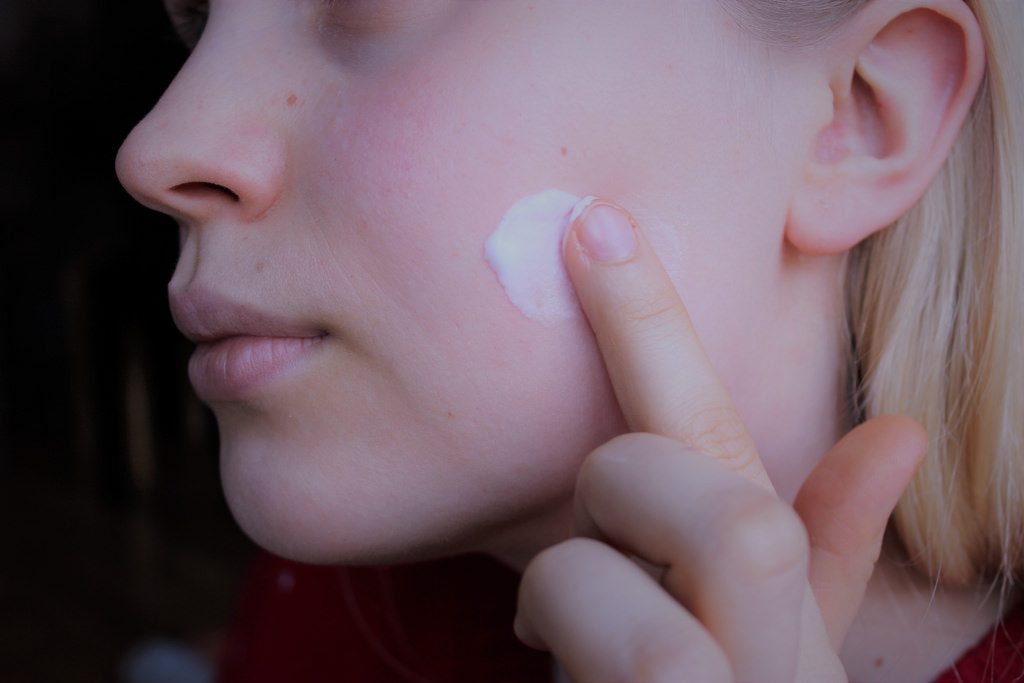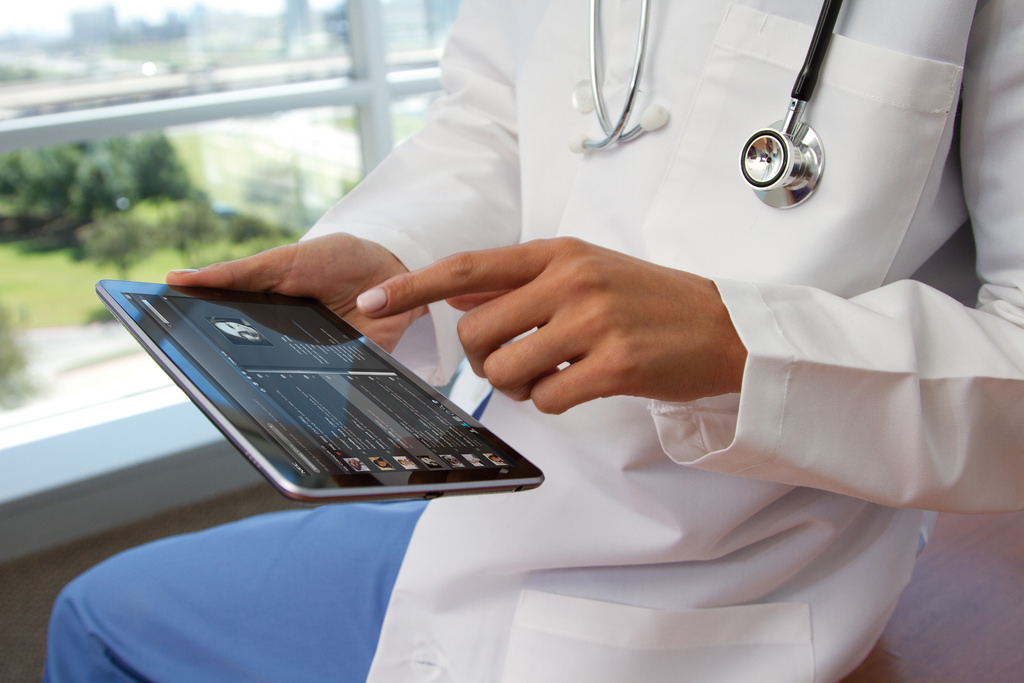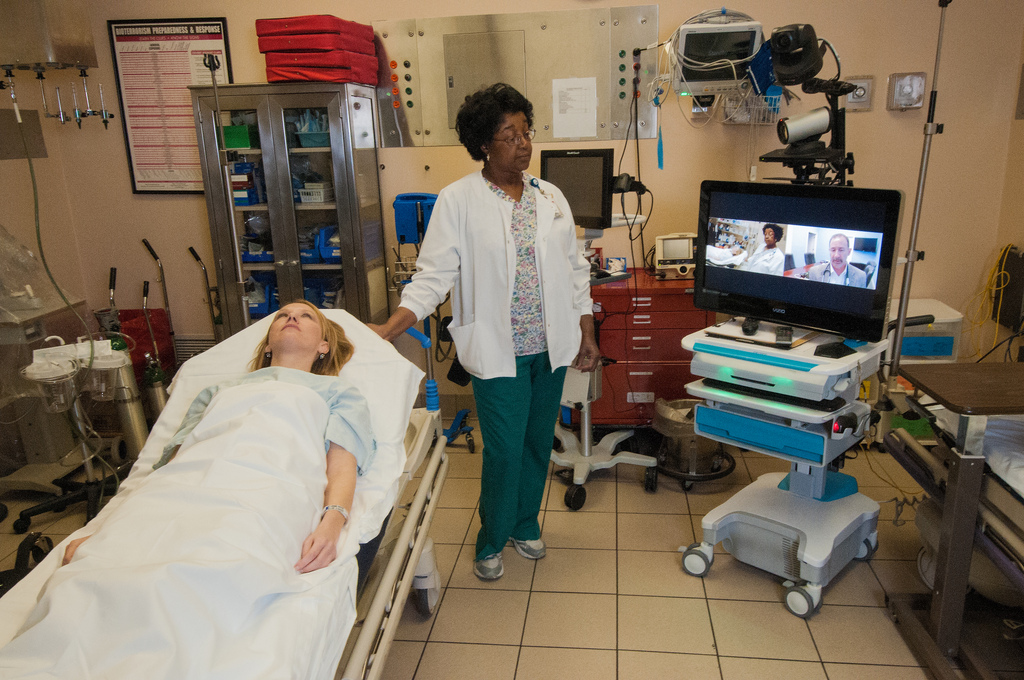Simple Acne Fighting Tips
By some estimates, somewhere around 60 million people suffer from active acne. Most of those are young adults and about 25% of those people will actually have long-term scars as a result of severe acne that goes untreated.
Needless to say, acne can be a real problem for some people and a constant source of anxiety for many others. Many people are not aware that the everyday habits they engage in can be causing or exacerbating their acne.
Your skin is the most important (and one of the most sensitive) organs in your body. Here are some little-known acne-fighting tips to keep your skin clear, beautiful, and healthy.
Clean Your Face Regularly
The most important thing you can do to prevent acne from taking hold on your skin is to wash your face. Every time you go out into the world, exercise, sweat in any way, swim in a pool or lake, or expose your skin at all to the elements; dirt and oil can become trapped in your pores.
Other than genetic factors, these are the primary vehicles for acne to form. Even sleeping on dirty sheets or other surfaces can make your facial skin dirty. It may not look dirty but trust us, it’s there.
Each morning when you wake up, wash your face with a gentle exfoliator. Then do the same each night when you go to bed. Develop a routine habit of this and you should start to see improvement of existing mild acne and prevent new acne from forming.
Clean Your Phone
This sounds silly but our phones are some of the dirtiest objects we use each day. Some people say they are even dirtier than our money because we use our phones in all situations. We use them when we are eating, when we are in the bathroom, after we’ve handled other dirty objects, etc. 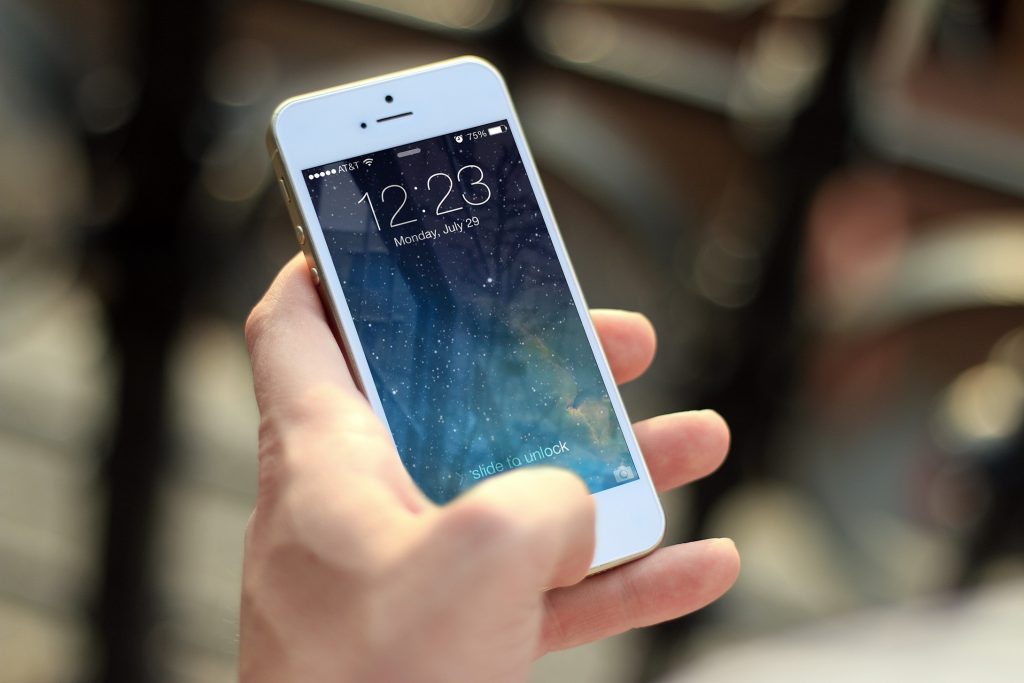
With that said, no consider the fact that you put your phone to your face at least a couple times each day. If you have never cleaned your phone, all of the things you touched in the time before you put it to your face are on there.
A good tip is to keep some wipes that are labeled as antibiotics. Choose something that kills germs and keep it in your car, at home, and at your place of work. Make a habit of wiping your phone screen down at least once a day.
If cleaning your phone is not practical, try using devices that allow you to use a phone function without touching your face. For example speakerphone, Bluetooth headsets, or the headphones that came with your phone are all good options.
Use Moisturizer
Washing your skin is great but keeping it moisturized is even better. Moisturizers keep pores in your skin open and make it less likely that dirt and oil will become trapped in your skin. Moisturizing after you’ve washed your face in the morning and at night is a good routine to follow.
 Take a Cooler Shower or Bath
Take a Cooler Shower or Bath
It is a common myth that hot water or steam opens the pores in your skin and cold water makes them close. In reality, your pores are not activated by temperature. Hot water has a tendency of making the outer layers of your skin swell which can make them look open but that is not why they are opening.
Heat causes enlargement of the capillaries near the surface of your skin and makes the area swell. In other words, hot water does nothing for you and cooler water is easier on the skin.
Plan a Healthier Diet
What you eat has a lot to do with what your skin looks like. You can help prevent acne by simply avoiding certain foods. While every person’s body and metabolism are different, here are some basic things you should avoid eating too much of:
Sugar: This is probably the worst for your skin. Some studies have shown that sugar has some sort of link to breakouts and consuming a lot of it can throw your body off balance. Keep track of your sugar intake. If you notice a breakout hours or days after consuming a lot of sugar, it’s best to steer clear.
Fast food: This is probably not good for anyone anyway but for acne sufferers, fast food can be a big no-no. Much of this kind of food is high in fatty acids and oils which make their way through your body and into your skin.
Wash Your Pillowcase
You would be surprised at how much a person can sweat in their sleep and we all do it. Even if you wash your face, shower, and moisturize before bedtime, your pillowcase and sheets accumulate dirt and oil overnight. Sweat builds upon our bodies and then it has no other place to go than into our bed linens.
Make a point to wash your pillowcases as often as you wash your other clothes. Change your pillowcase at least every couple of days to a clean one. This is one of those strategies where if you’ve tried a lot of other things to prevent acne, this may be yet another opportunity to avoid getting your skin dirty.
If you’ve tried many of these and failed, do not beat yourself up. Sometimes acne requires professional care and there is no way around it. Some people are predisposed to developing severe acne and require medical intervention. If you have chronic mild or severe acne and you haven’t done anything about it yet, these tactics are great places to start.
We are all products of our environment and the same principle can be applied to our skin. Make changes in your daily habits as a first step in combating your acne before contacting a professional or using more aggressive treatments. You may be able to save yourself a lot of frustration and money by simply doing things a little different in your everyday life instead of adding treatments that may not be necessary.
*Photo courtesy of Karolina Misev with www.cushyspa.com
Lear MoreWhat Are the Benefits of Telemedicine for Dermatology?
Technology has been revolutionizing industries all over the world and dermatology and vein care are no different. This is particularly true where the internet and creating points of access are concerned. In medicine and healthcare fields, telehealth is a growing option. As a dermatology care facility that is always on the cutting edge of technology, we are very interested in the benefits of telemedicine. So, we took a closer look, and here is what we have found.
The Difference Between Telehealth and Telemedicine?
While it is easy to picture video-conference interactions when we hear the term telehealth, it is so much more than that. In a nutshell, telehealth is any kind of medical care that allows medical practitioners to connect with their patients at a distance through the use of telecommunications. It is through telehealth technologies that telemedicine solutions become available. In other words, telemedicine is a specific kind of telehealth option.
What Exactly Is Telemedicine?
The term telemedicine refers to two things:
- A mobile app that allows medical practitioners and their patients to communicate through video chat.
- A software option that allows primary care providers to liaise with specialists at a distance by sending photos of certain conditions for a rapid, remote diagnosis.
Through these telemedicine solutions, patients are able to benefit from remote diagnosis and other kinds of care as they connect with their healthcare providers and dermatologists from a distance.
In What Ways Does Telemedicine Benefit the Field of Dermatology?
Telemedicine solutions can offer lots of benefits to dermatologists and their patients. Telemedicine solutions provide dermatologists and patients with options to stay connected even when they are miles apart. For example, there is no need for a patient to be in the room for a doctor to diagnosis them or follow up with a treatment. As such, we are able to provide faster, more rapid care solutions in a convenient and easily accessible way. This includes catching things like skin cancer more quickly.
7 Benefits of Telemedicine Remote Diagnosis Solutions for Dermatology
1. Rapid Service Delivery
Telemedicine offers the ability to send files – like reports or photos of skin spots – and have responses in the space of minutes. This can connect patients with both their primary care practitioner and specialists like dermatologists quickly and simultaneously. Consequently, patients can receive the best treatment possible from a collaboration between two or more doctors.
2. Privacy and Convenience
Through being able to have their dermatology consultation and diagnosis performed remotely, patients have the convenience of seeing their dermatologists from the privacy of their own home. Although all in-office dermatology appointments are private and confidential, patients may feel more comfortable divulging their ailments in their own homes.
3. Accessible Care
Telemedicine also allows a specialist to monitor a patient remotely if need be. For example, patients living in rural communities or who face other accessibility problems (like elderly patients with mobility issues), will now have more accessible care. Patients in these circumstances no longer have to worry about feeling “cut off” when they can be connected through telemedicine.
4. Rapid Emergency Care
There are times when you or a loved one may have a dermatological emergency that you will want to have assessed right away. In cases like these, telemedicine provides great options for both you and dermatologist. Being able to check in with your dermatologist and/or your primary care physician right away can be comforting. Even if you have already made your way to your primary care physician, he or she can easily check in with your dermatologist concerning the situation to provide you with a rapid solution.
5. Better Treatment Follow-Up and Patient Care
With telemedicine, dermatologists are able to check in with their patients more regularly. As a result, this improves the overall care experience for patients and their dermatologists. As all patients respond to treatments differently, this type of care helps providers monitor your treatment course and make any adjustments if needed.
6. Increased Engagement
Now that patients can connect with dermatologists more conveniently through telemedicine, many do so more frequently. Knowing they can readily reach their dermatologists may prevent them from hesitating to seek treatment. This can result catching some conditions before they progress.
7. Reduced Care Costs
Telemedicine solutions help reduce care costs for both patients and their dermatologists. The cost of accommodating patients in care facilities can be significantly reduced if we can treat them remotely. The costs of traveling to care facilities for treatment can be significantly reduced for patients as well.
Contact Us Today!
If you would like more information on telemedicine and dermatological care, contact our office. Our team will be happy to assist you with any questions you may have.
SaveSave
Lear More
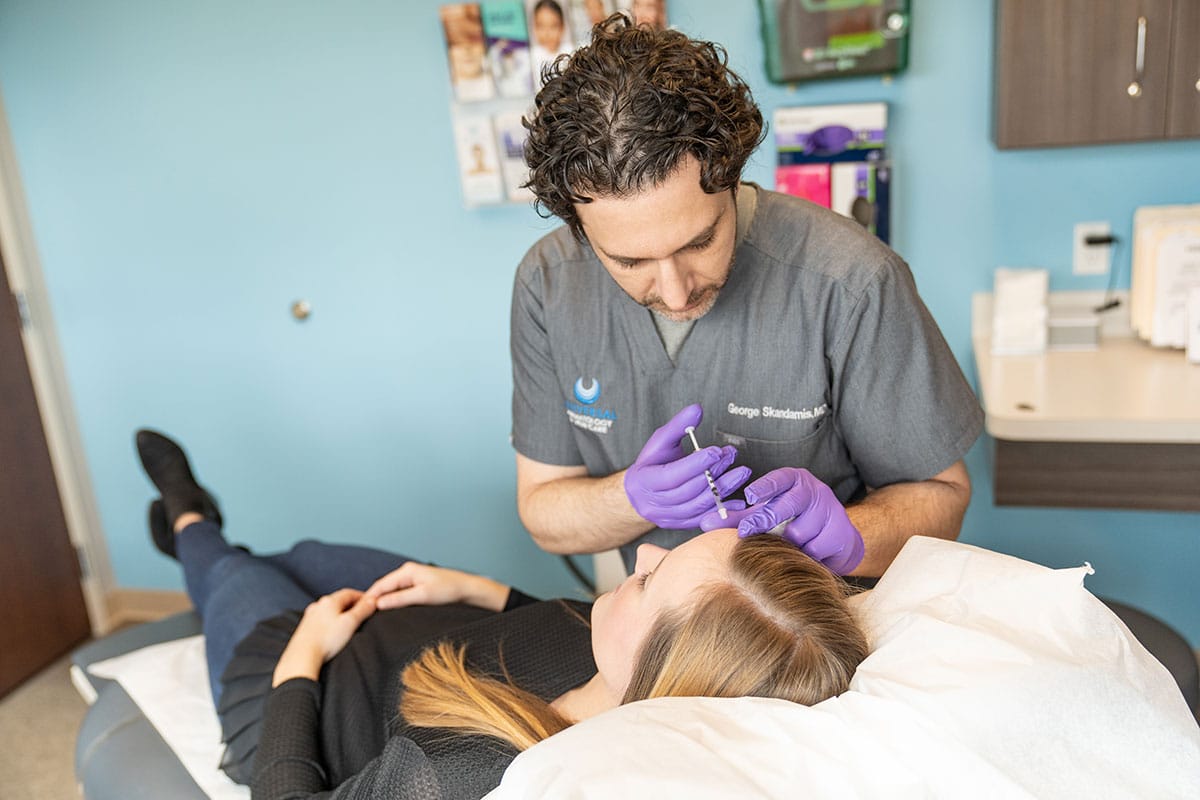 Our Dermatologists
Our Dermatologists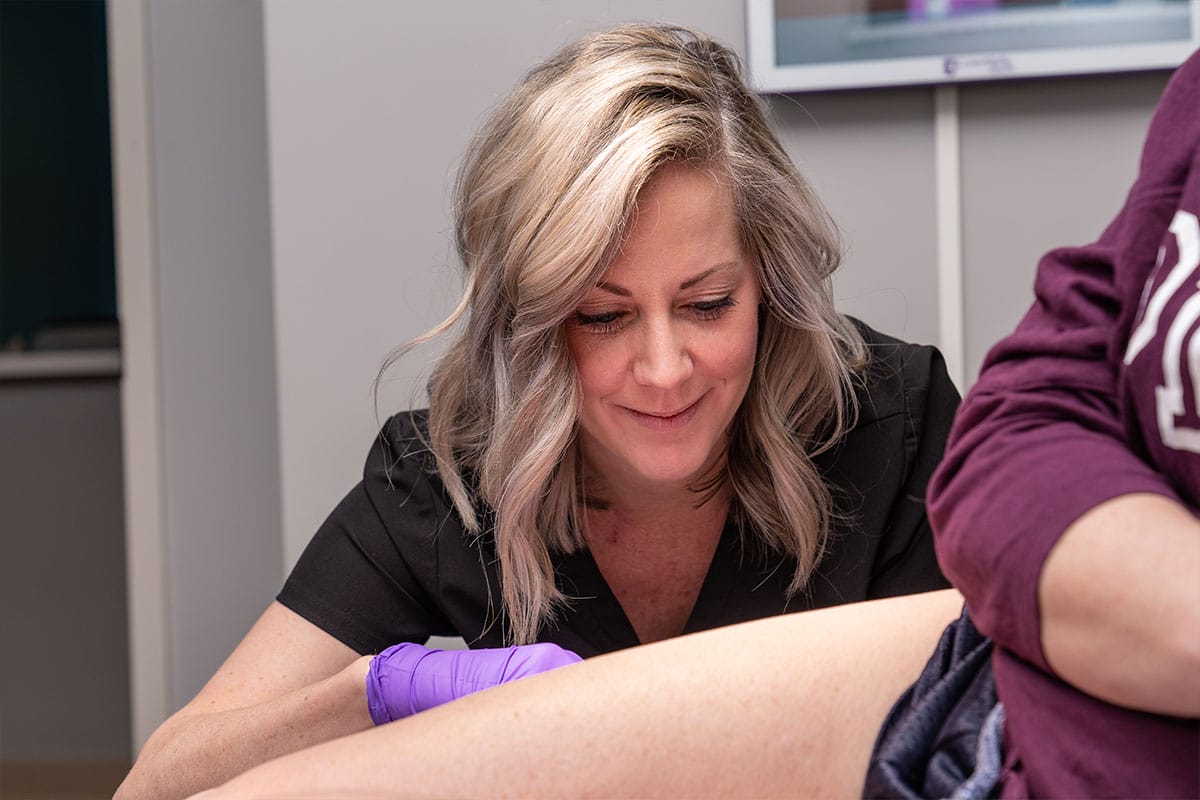 Our Providers
Our Providers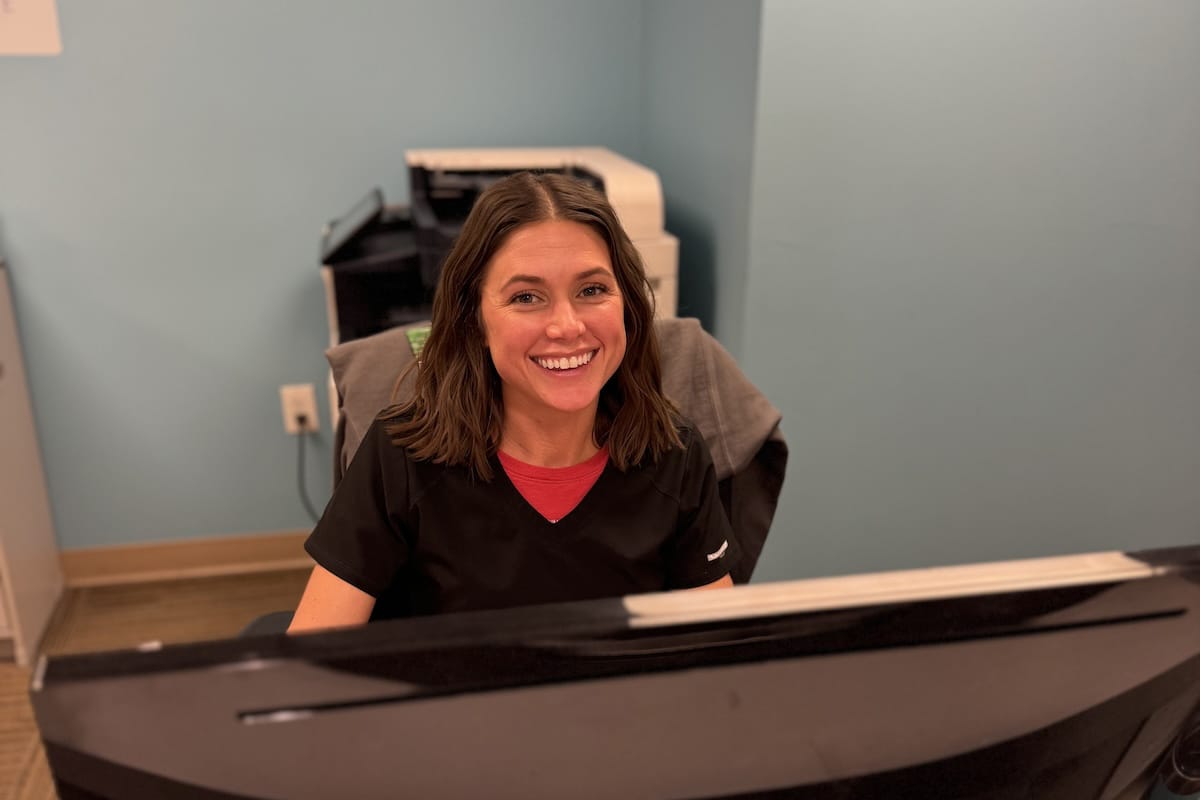 Our Staff
Our Staff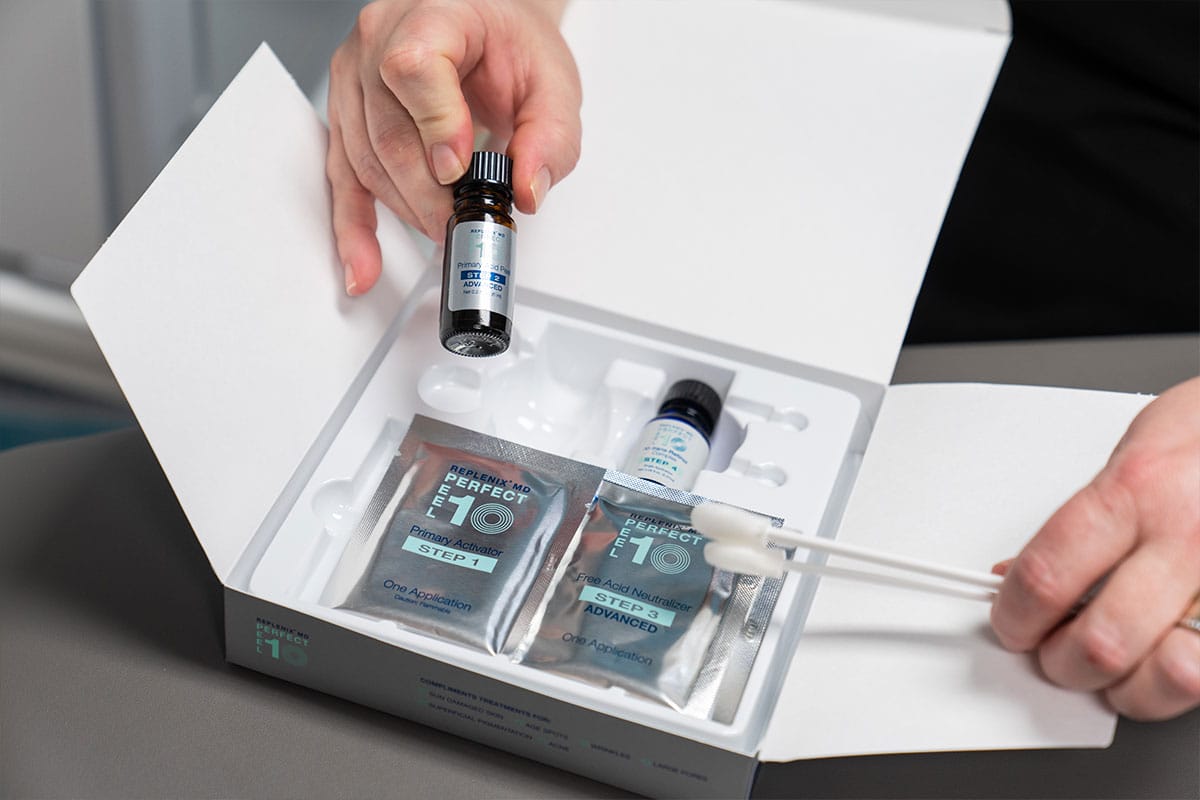 Specials
Specials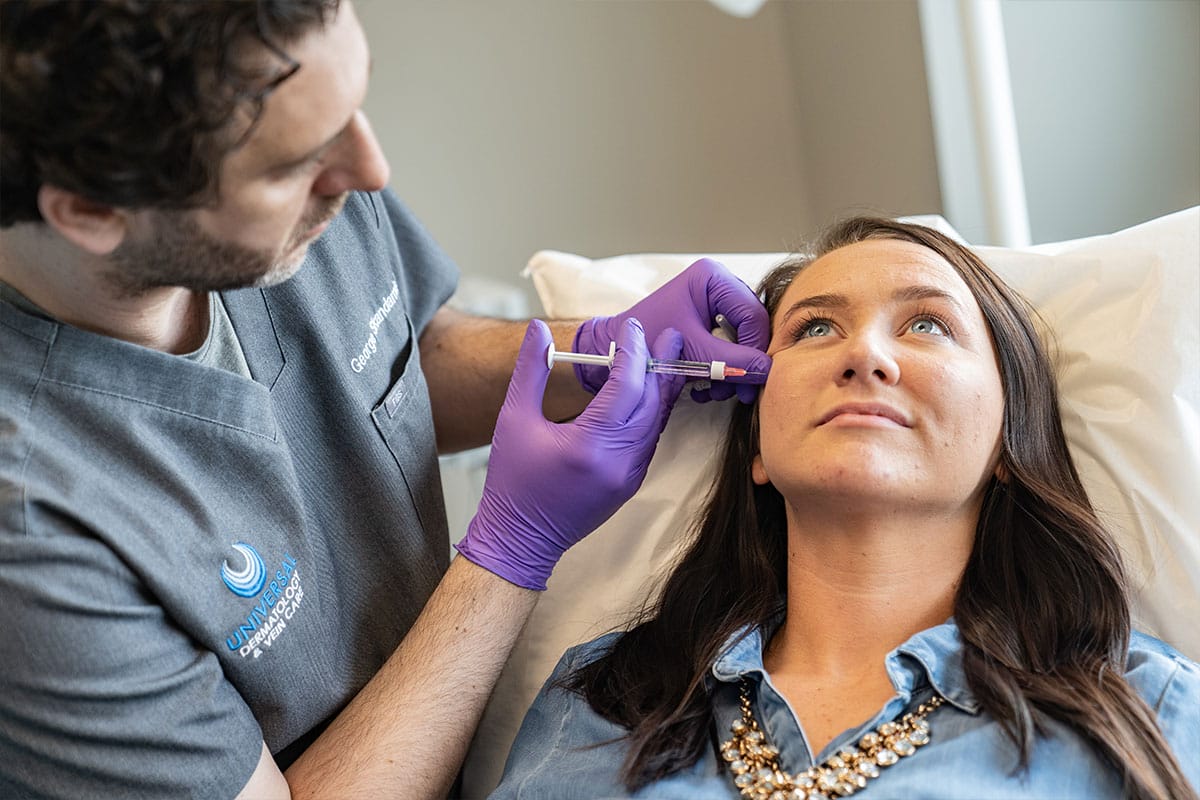 Financing
Financing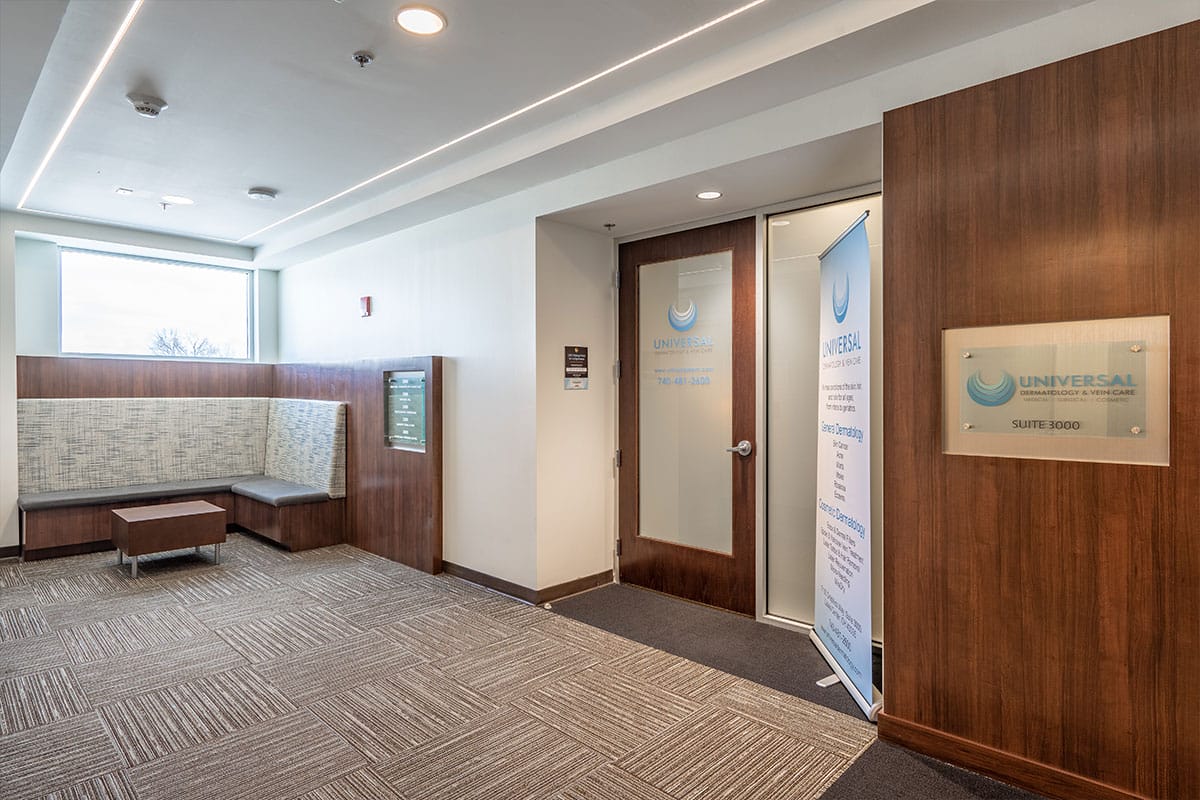 Pay Bill Online
Pay Bill Online